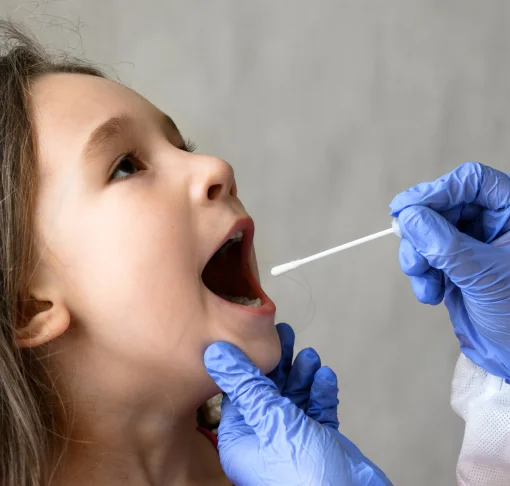- Drug and Alcohol
Court approved hair, nail, blood drug and alcohol testing - Maternity and Paternity
Ministry of Justice approved legal DNA testing - Wider Relationships
Understanding second and third degree familial connections - Immigration
Home Office approved testing for visas and passports - Expert Services
Court standard expert witness reporting - International DNA Collection
Home Office approved DNA collection from overseas
Blood Alcohol Biomarker Testing
AttoLife is at the forefront of providing accurate and reliable Blood Alcohol Testing, a critical service for determining previous alcohol consumption. Phosphatidylethanol or PEth analysis is a direct alcohol biomarker known for its specificity and precision. Understanding previous alcohol consumption is an essential tool in legal, employment, and healthcare settings.
- UKAS accredited to ISO 17025
- Benchmark for alcohol analysis

01
Accurate Detection
The specific alcohol biomarker PEth is present in blood when alcohol is consumed and the level detected can indicate whether a donor has abstained, consumed some alcohol or excessive amounts.
02
Flexible Collections
A blood sample can be provided in any appropriate setting, ensuring a quick turnaround of test results.
03
Tamper-Resistant
Blood sample collections are conducted under controlled conditions, minimising the chances of result tampering.
Why Blood Alcohol Biomarker Testing
PEth Testing is widely recognised and legally accepted as a definitive method for determining previous alcohol consumption behaviours. It is highly specific and provides insight into a donor's level of alcohol consumption during the month prior to sampling.
Get a Quote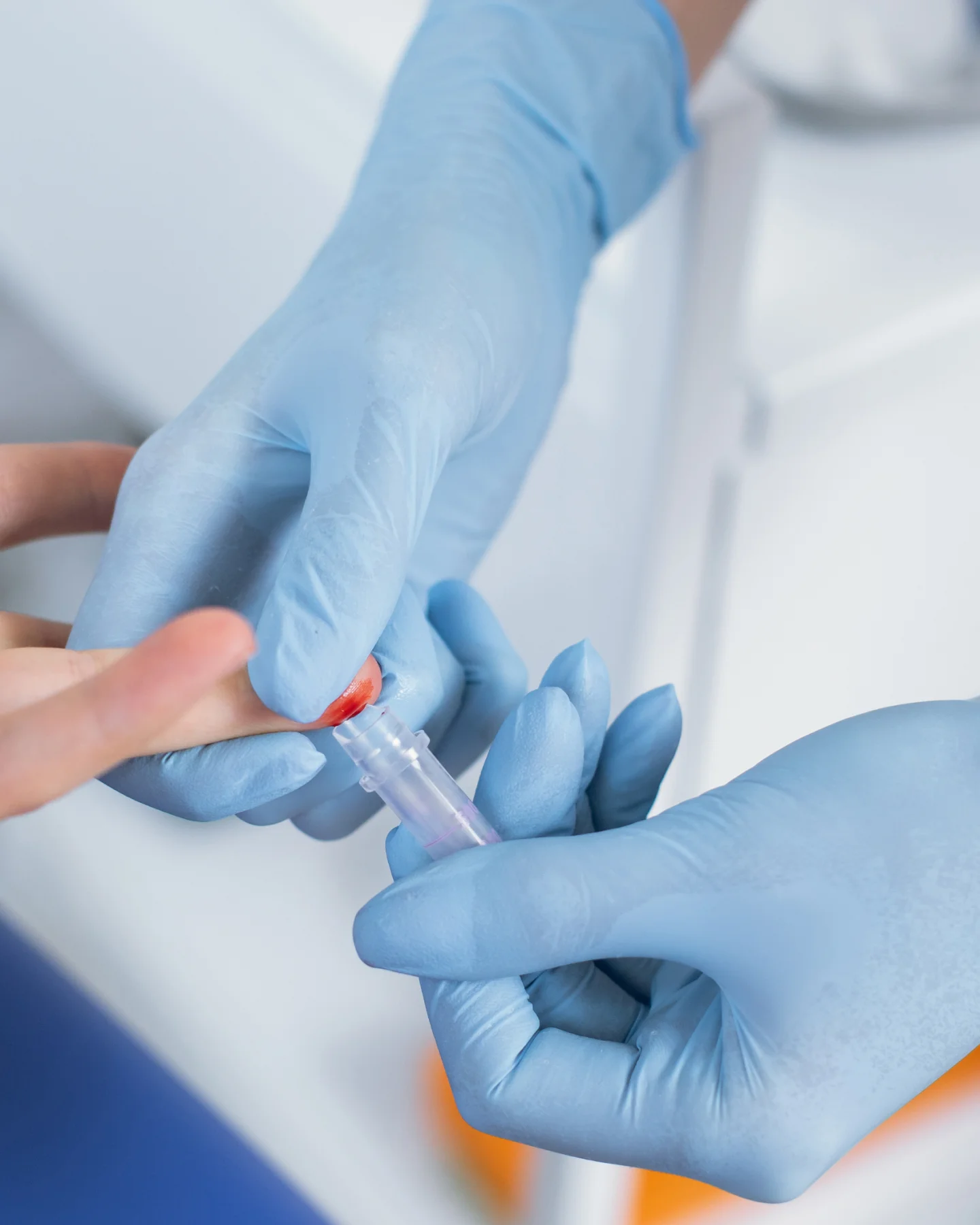
How Blood Alcohol Biomarker Testing Works
Step 1
Blood Sample Collection
The process involves a professionally trained individual collecting a blood sample, typically a dried blood spot sample via a simple finger prick. The procedure is carried out by a trained professional to ensure safety and accuracy.
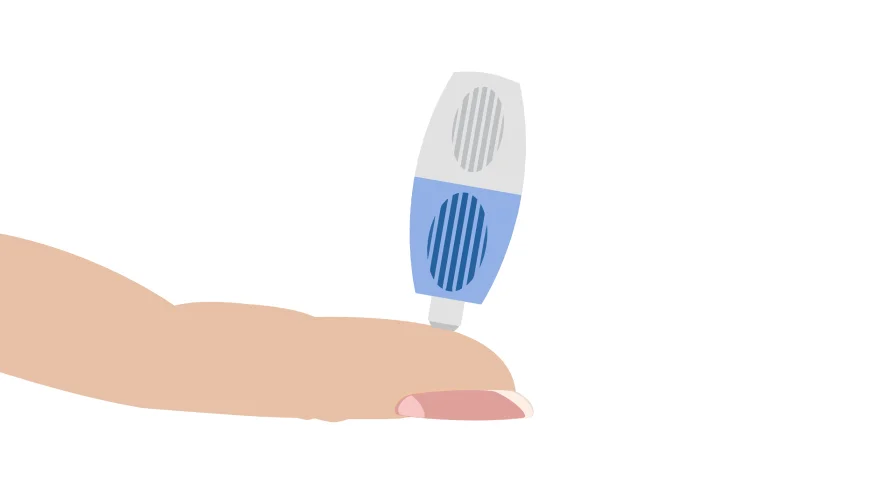
Step 2
Analysis of Alcohol Biomarkers
PEth is measured in the dried blood spot to indicate whether the donor had abstained, consumed alcohol moderately or excessively. The extracted sample is analysed using a highly specialised instrument, ensuring precise measurement.
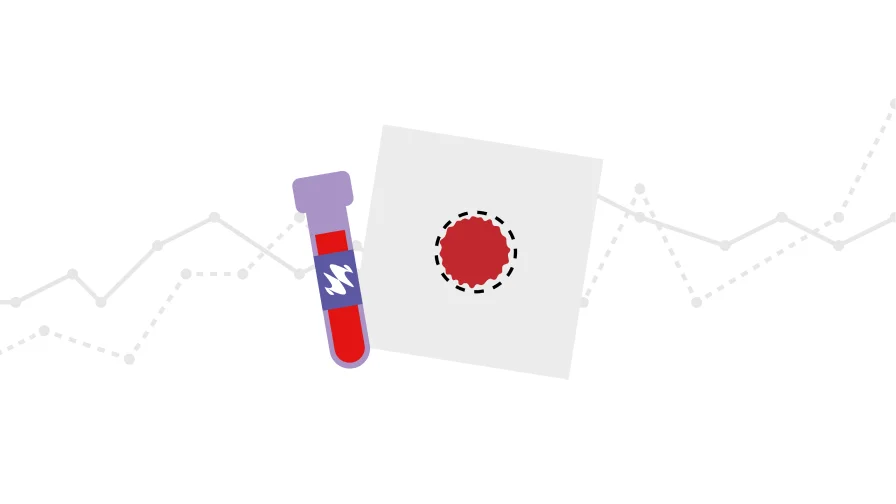
Step 3
Deliver Results
Results are available quickly, making Blood Alcohol Biomarker Testing an ideal method for situations requiring immediate information. For us, the process is complete when we have written an expert witness statement, presenting a full interpretative breakdown of the results over the given time period.
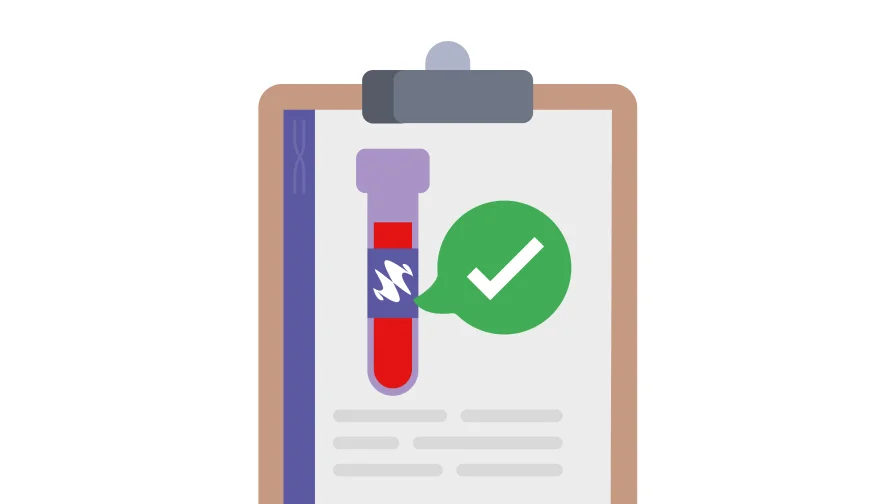
Is Blood Alcohol Testing Right for You?
Strengths of Blood Alcohol Biomarker Testing
Provides insight on an individual’s previous level of alcohol consumption
PEth is a direct alcohol biomarker meaning it provides a more accurate reflection of previous alcohol consumption than traditional markers
Highly accurate and reliable, with results recognised in legal contexts
Conducted under professional supervision to ensure the integrity of the results
Limitations of Blood Alcohol Biomarker Testing
Does not reflect current alcohol levels, only the previous months data, limiting its use for real-time monitoring

